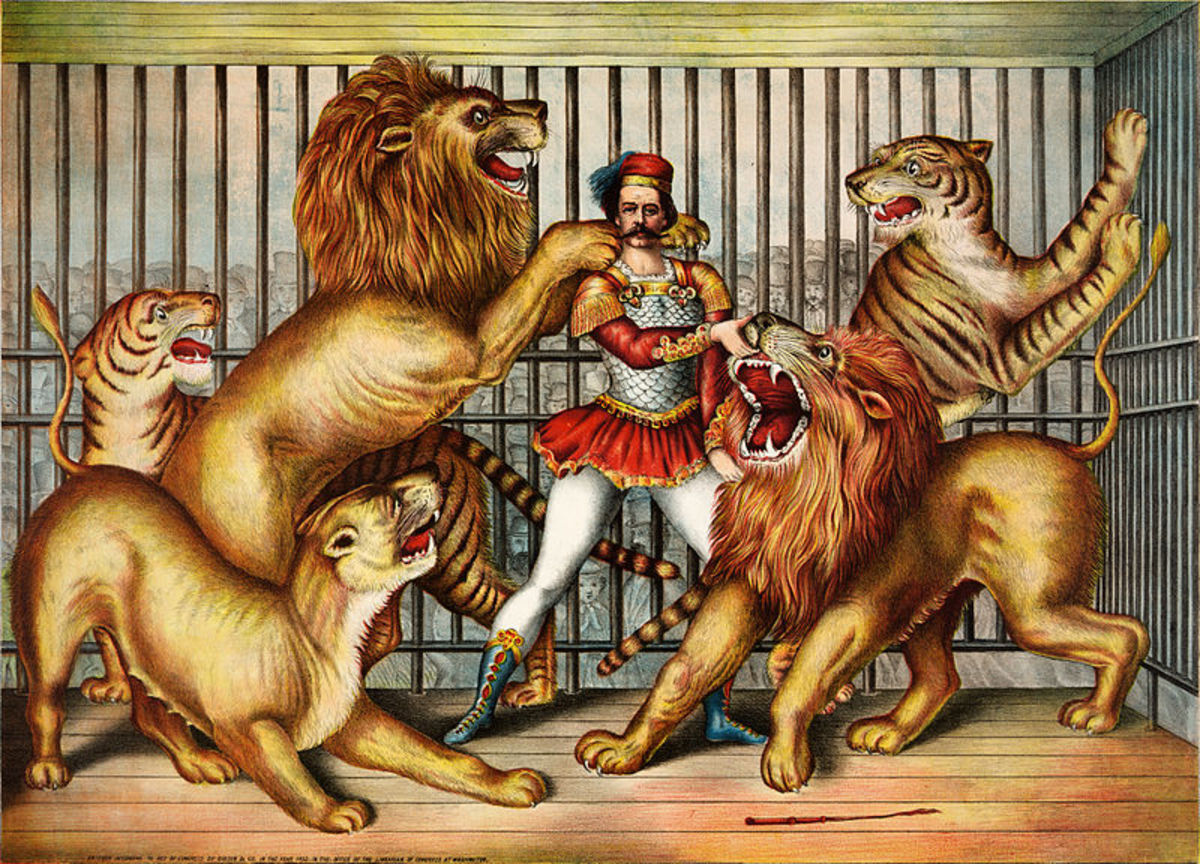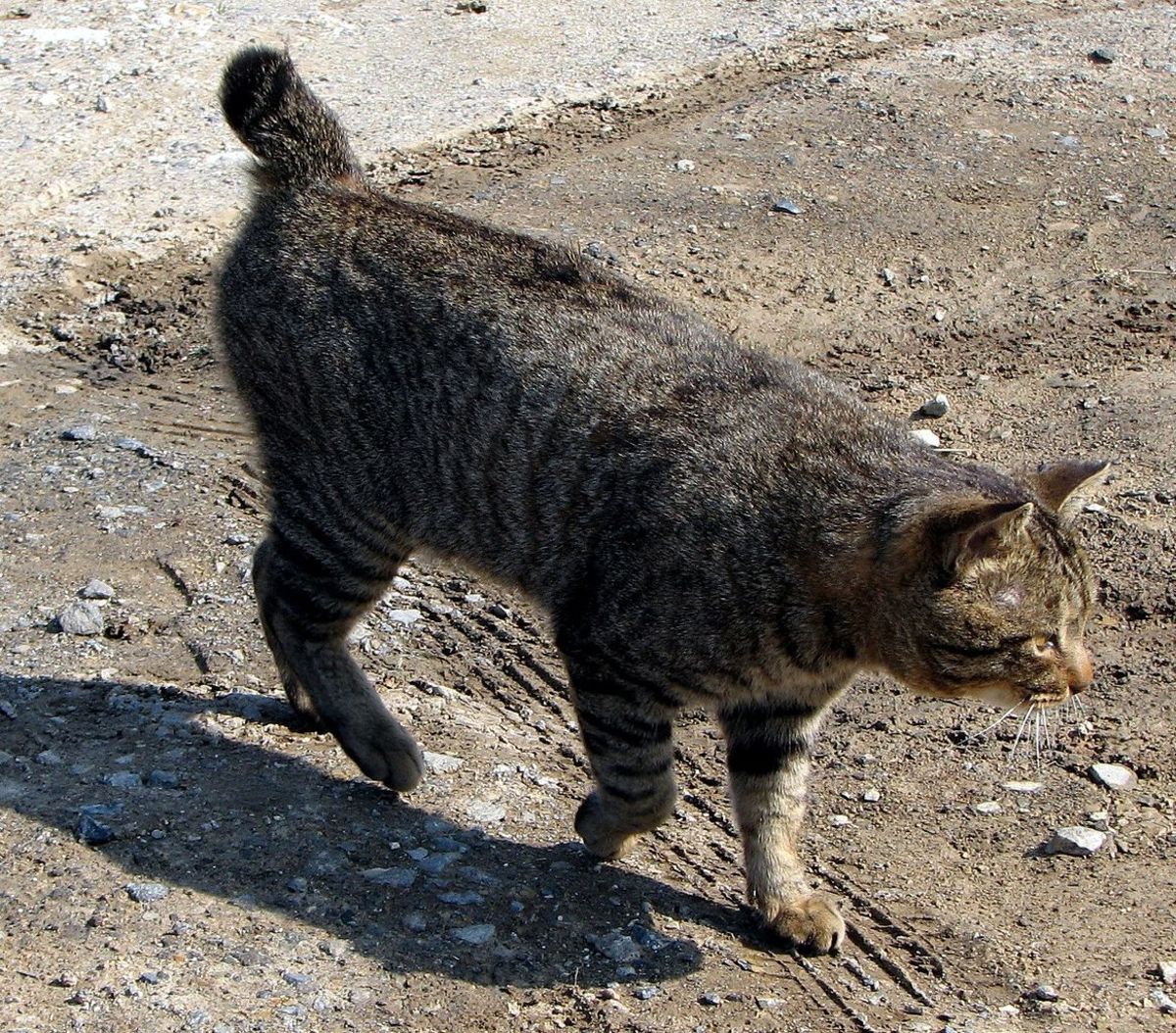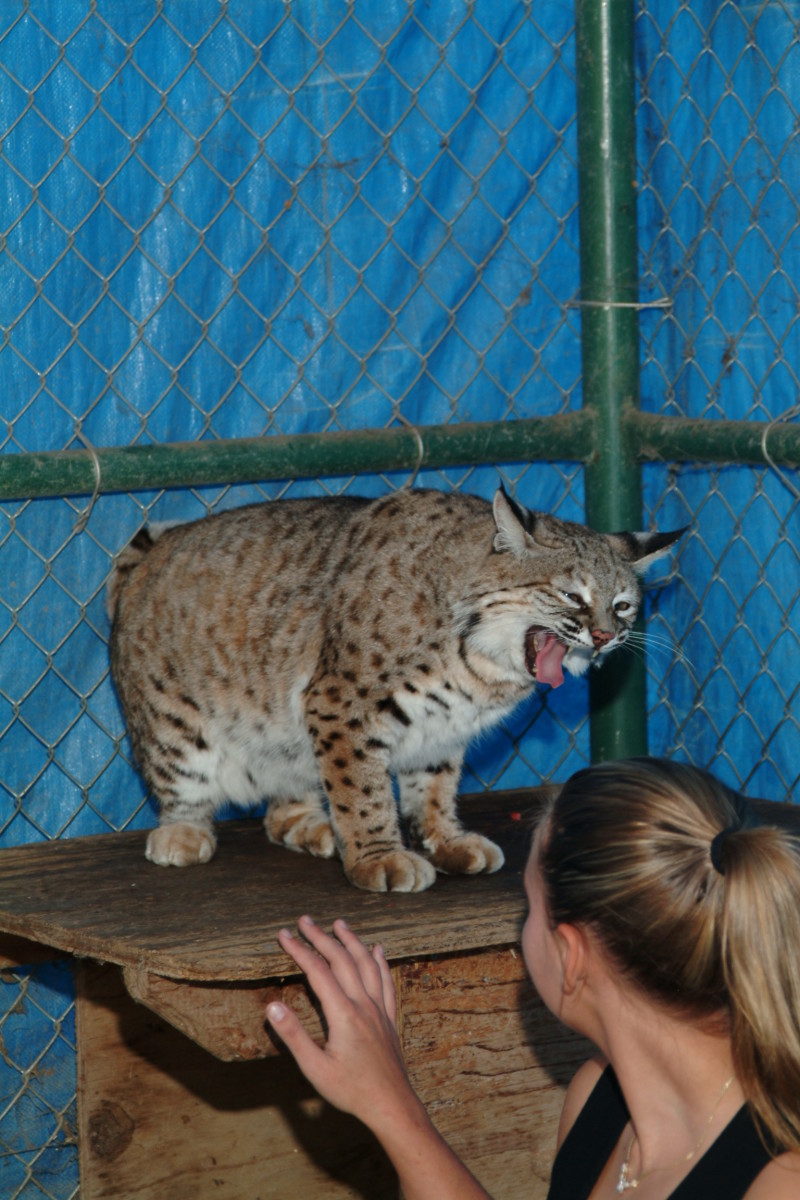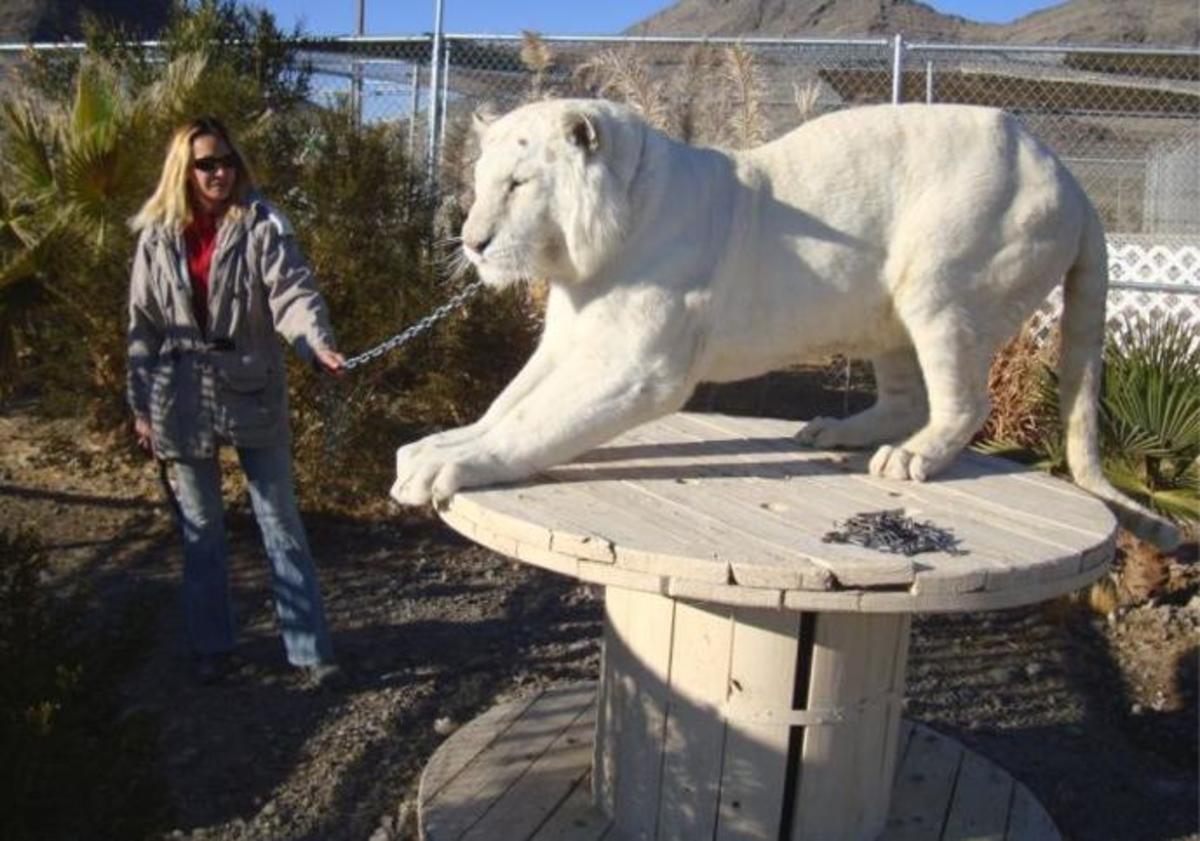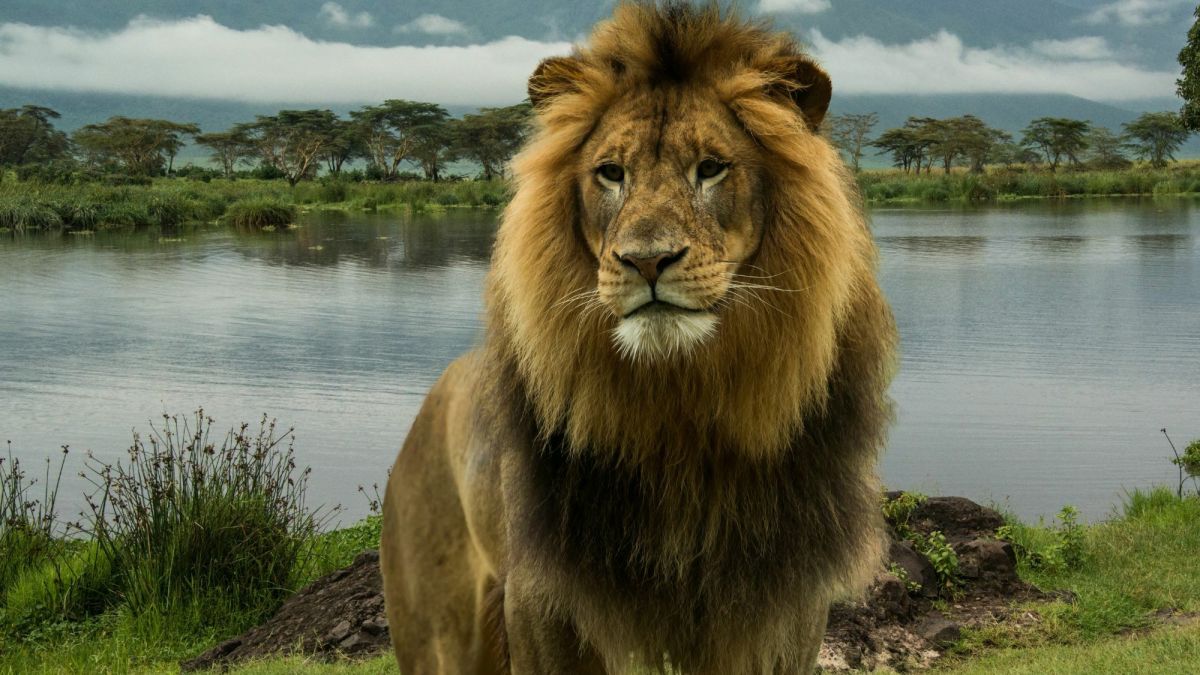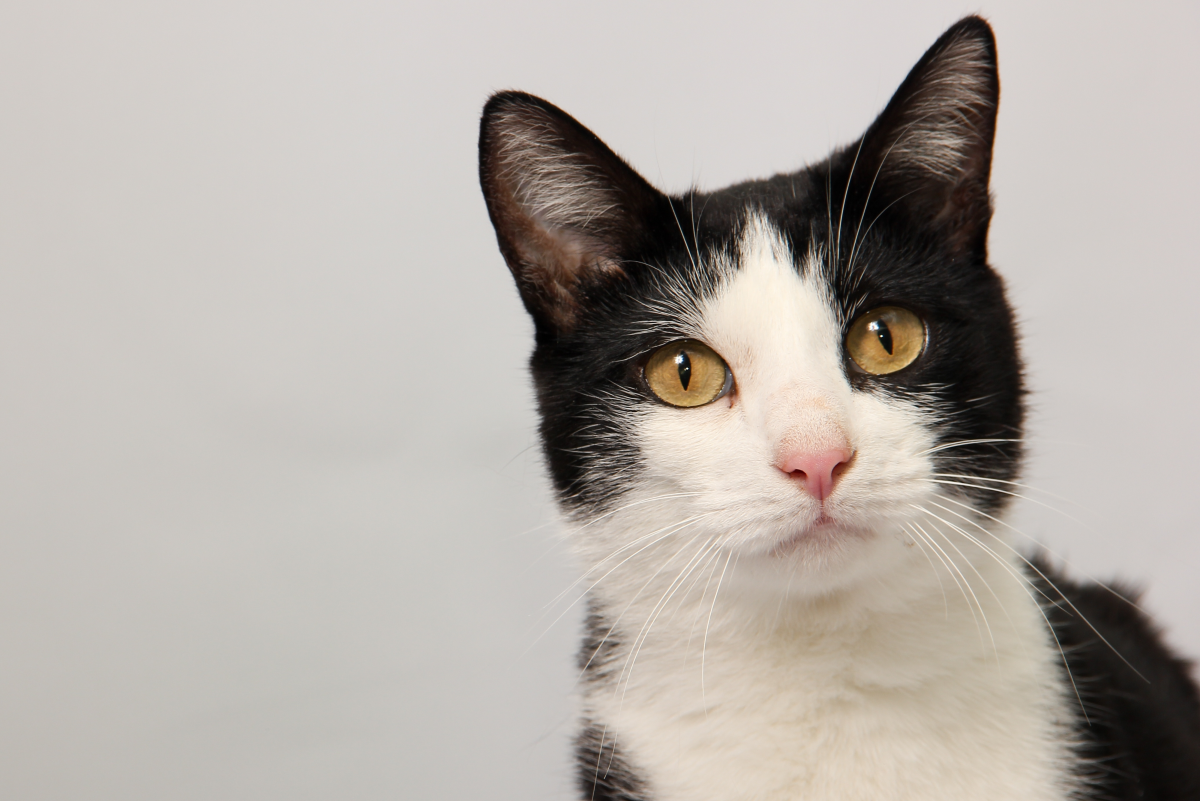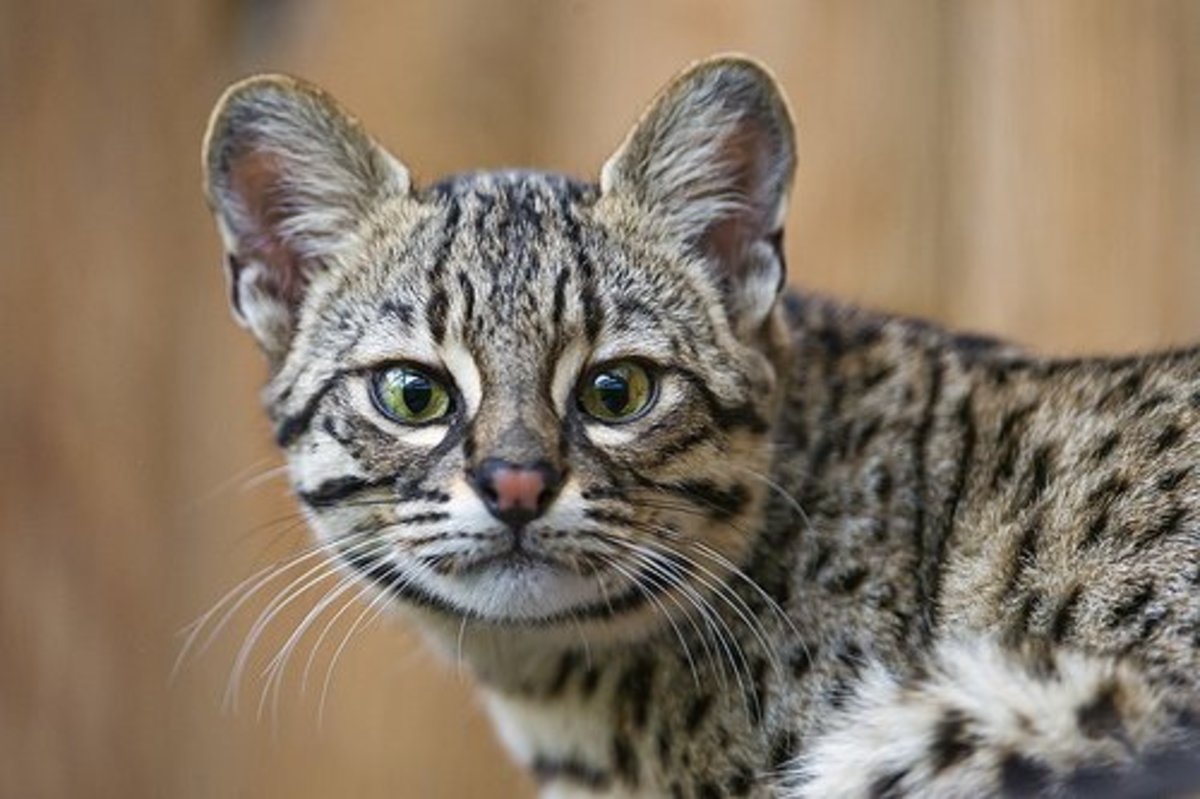Big Cats in Britain?
Panthers in the UK?
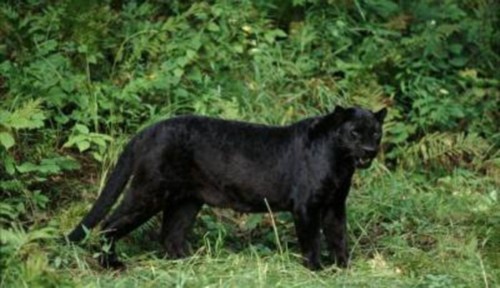
Big cats have been said to roam Britain for the past few centuries with sightings of non-native cats in the UK being made on an almost daily basis. In the 1960s a series of very public claims of sightings were made of what were thought to be black pumas in the southeast of England and this raised the profile of the potential for big cats living within the largely sanitised British Isles. So how much can be accredited to such stories of sightings, is there an ongoing cover up operation to prevent such sightings as claimed by some and would big cats pose a risk to livestock, pets and even humans in a country where there has been no top predators for hundreds of years?
Big cats - in the true sense of the term - have never existed naturally in Britain during the modern historical period; no lions, leopards or tigers ever having been known to have lived in the islands post-ice age. The Eurasian Lynx, a medium sized cat, may have hung around until as recently as 2000 years ago, but became extinct along with other the other top predators; bears and wolves. For the purposes of defining “big cats” people now refer to any non-native species as such when speaking in terms of the UK. As far as science is concerned the only wild cat living in the British Isles today is the Scottish Wildcat, a small cat just slightly larger than the average domestic tabby, and even this species is down to a tiny number of remaining individuals confined to the wilder areas of Scotland. So why are big cats claimed to be being seen on a daily basis, if they’ve never been in the UK in the first place.
Big cats have long been kept in Britain by zoos and private collectors which began to spring up during the early 19th century for the entertainment of either the public or the wealthy collector. It is thought that these may have been the animals attributed to some of these earlier sightings, including news reports which appeared as early as 1827 outlining various claims to have seen such animals. Many of these animals were kept in very poor conditions with their owners possessing only a very basic knowledge of what was required to keep a big cat in captivity. It’s barely any wonder that wild animals like pumas, lynx and leopards should want to escape their cramped cages! This was to change significantly in 1976 with the introduction of the British Wild Animals Act. The Act forced people keeping animals considered “dangerous” to the public to obtain a licence on evidence that such creatures would be kept in safe and sanitary conditions. It is widely speculated that the Wild Animals Act lead to many private collectors simply releasing their pet big cats into the countryside when it became obvious that it would be costly to obtain the licence.
The lynx; a candidate for reintroduction?
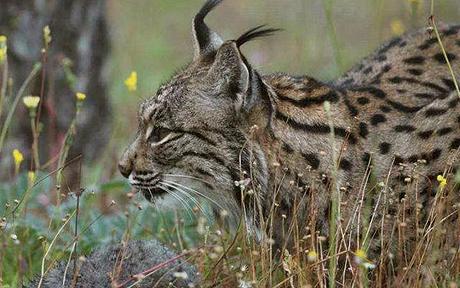
The Surrey Panther and the Fen tiger in southern England brought the issue of big cats to light in the UK again in the 1960s. The Surrey Panther in particular captured the public imagination after a series of attacks on livestock were made, including a bullock on a farm just ten miles from the outskirts of London. The Beast of Exmoor a few years later again cemented the idea of big cats in Britain in the public conciseness and led to even greater hype. During the next 20 years, the Beast of Exmoor was connected to the deaths of over 200 farm animals and led to a search for the animal in 1983 which involved a team of Royal Marines – a search that would prove fruitless. In 1991 a Eurasian Lynx was shot in Norfolk after being linked to a number of cattle deaths, although this was not reported until 2003 by authorities. From Scotland, Devon, Kent and other counties, the reports continue to come in of big cat sightings right up to the present day.
The overwhelming number of sightings seems to suggest that there are a small number of escapees of big cats living wild in Britain. These are most likely lynx and occasionally slightly more exotic creatures such as clouded leopards or pumas. These creatures are extremely unlikely to attack humans, though they may take the odd farm animal, particularly sheep. The Big Cat Research Group investigates and logs livestock attacks and sightings and assesses video and photographic evidence. Such animals are also likely to remain isolated and with no possibility of breeding or establishing a viable population.
The most likely way of seeing a big cat in Britain still remains to be in a zoo, but perhaps not for long. Increasingly there is debate about whether to reintroduce the Eurasian Lynx to the UK to keep the population of deer down, their natural prey before being wiped out by humans. Only medium-sized and posing no threat to people, wouldn’t it be great to see these animals back in Britain legitimately?
- British Big Cats - British Big Cats Society, Prove and Protect, Big Cat Sightings, Official Website
BBCS, British Big Cats, Big Cats, Prove and Protect, Big Cat Sightings, Official Website, British Big Cats Society, Prove and Protect, Big Cats, Exotic Cats, Wild Cats, Big Cat Sightings, Research, Study, Educate, UK - Big cat monitors. The UK website dedicated to big cat sightings.
Big cat monitors. The number one UK website dedicated to big cat sightings. - Big Cats In Britain
- British big cats - Wikipedia, the free encyclopedia

